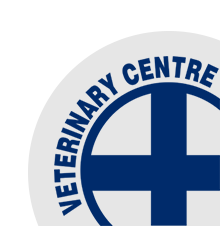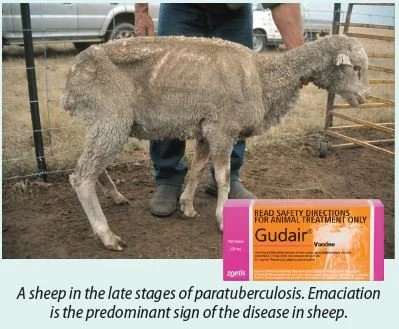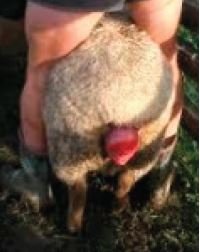Sheep Conference Summary
/Recently I (Dave Robertson) had the opportunity to attend the International Sheep Vet Conference in Australia. I presented a survey on the views of NZ farmers on the application of pain relief for tailing and castration.
I thought I would do a “stream of consciousness” summary without too much detail. If there was anything of interest to readers, they could get in contact with me. In a high school report, it was remarked that I was “a little too flippant at times”, so I apologise in advance if this scatter gun offacts appears that way. So here we go.
• Kangaroo Island is eradicating Aussie green flies with a sterilising fly project. They have got rid of a lot of footrot and cats. Skin microbiome can influence flystrike rates.
• Flexolt works on lice off-shears or long wool.
• Abamectin pour-on product that kills lice is coming.
• Ovastim vaccine in merino ewes resulted in 12% higher scanning rate and 5% more lambs. There are certain feed peptides involved with appetite that influence reproductive outcomes. This is the first study to show a link.
• Dystocia accounted for 45% of all lambs’ deaths that had a postmortem and 10% of lamb deaths overall. Dystocia accounted for 26% of all recorded ewe deaths in a large Aussie study. Calcium deficiency was 23%, 18% sepsis. Twin lambs have the same dystocia risk as singles. Triplets have the highest risk (traffic jams). Not all about “big singles”.
• A large NZ study showed fewer ewe deaths with higher BCS ewes that scanned higher compared with lower BCS flocks.
• Zinc gel cream was more effective at treating Orf (scabby mouth).
• Pain management is complex. It is the biggest thing in human medicine. In an attempt to address it there is heaps of opioid addiction. It is a leading cause of death in the US.
• Long term hypersensitivity can result after an injury to tissue. Neuroscientists are studying this in tail stumps. Female sheep are more hypersensitive.
Farm advisory
Financial risk of farming is actually a lot lower than other businesses. Land assets don’t blow away. Drive productivity not production. Do so through Repro, clover content, parasite control, lambing date and genetics.
• When presented with a concept, demand to see the data and the science, and scrutinize it.
• It is not the best farmers that build their business more than others, it is being able to evaluate risk and take it on that makes the biggest difference. 80% of farmers cannot be in the top 20% of production.
• Strive for success, but it must have a clear value. The task of an advisor is to demonstrate a clear value of their inputs – every time.
• A vet can get credibility through a disease investigation, or even advice in the shop. Follow up is key. We all need good mentors.
• Rectal prolapse was highly correlated with pneumonia in feedlot lambs.
• Provision of appropriate nutrients, warmth, and antimicrobial therapy illustrates mortality can be avoided for the majority of compromised lambs. Sepsis is a big killer in lambs up to one week of age in Australia.
• There are a lot of serious viral and bacterial diseases of sheep around the world that affect the livelihoods of millions of subsistence farmers. We are very lucky to farm in New Zealand for so many reasons.










